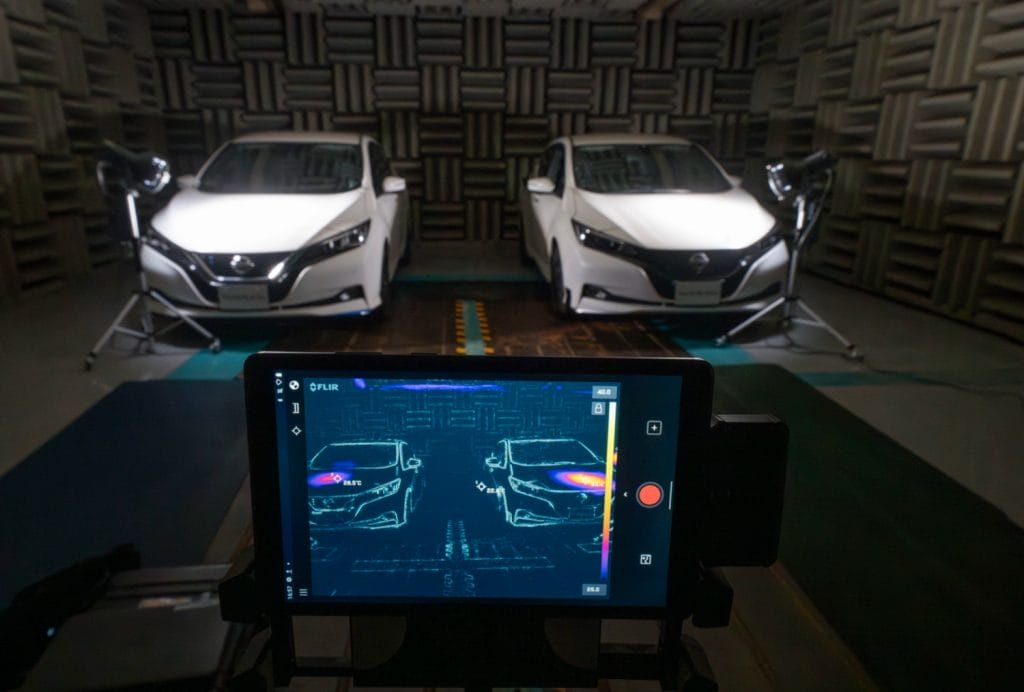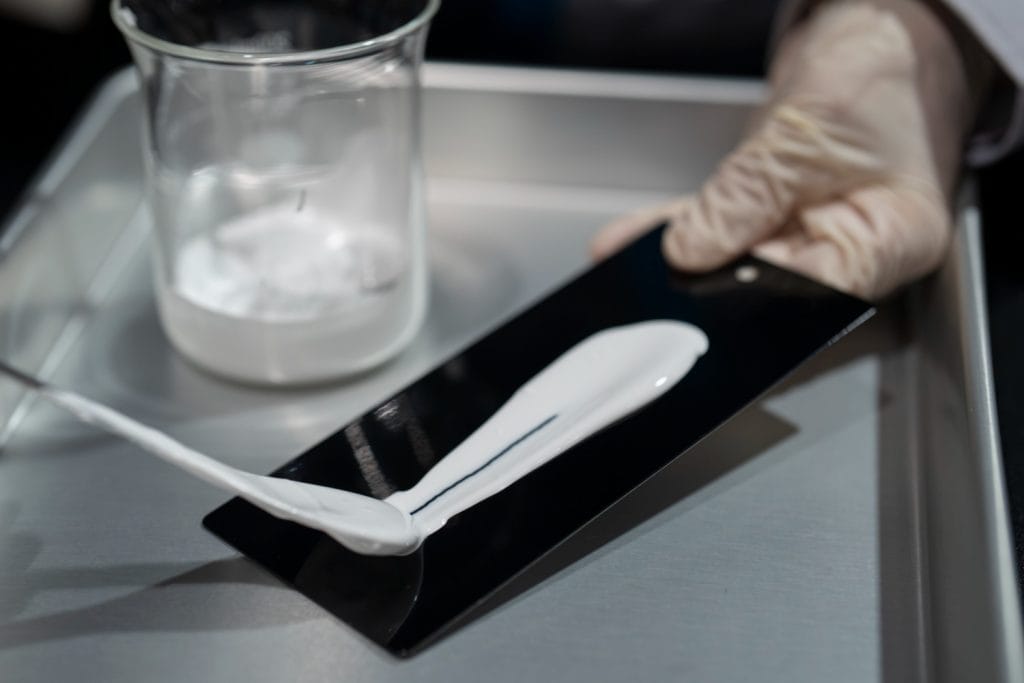In the middle of August, marked by high temperatures, parking your car in the sun is not recommended in order to avoid turning its interior into a sauna.
Aware of this situation, Nissan is exploring an innovative car paint designed to help lower the ambient temperature of the cabin during the summer and reduce the energy consumption of the air conditioning system.

Developed in partnership with Radi-Cool, a specialist company in radiative cooling products, the paint incorporates metamaterials, synthetic composite materials with structures that have properties not typically found in nature. The project is part of Nissan’s mission for differentiated innovations that enhance travel and help create a cleaner and more sustainable society.
Nissan began a feasibility test in November 2023, lasting 12 months at the Tokyo International Airport Terminal in Haneda, where the Nissan cold paint was applied to a Nissan service vehicle.
Although still in testing phase, the results to date have been considerable. A vehicle treated with “cool paint” parked side by side with an untreated vehicle in the sun showed a reduction of up to 12º Celsius in surface temperatures and up to 5º Celsius cooling inside, compared to a vehicle with traditional automotive paint.

The cooling performance of the paint is particularly noticeable when a vehicle is parked in the sun for an extended period. A cooler interior is not only more pleasant, but also requires less air conditioning running time to cool the interior to a comfortable temperature. This helps reduce engine load or, in the case of an electric vehicle, battery consumption.
In both cases, there is an improvement in efficiency, as well as in the comfort of the occupants. The metamaterial incorporated in Nissan’s “cool paint” features two particles that react to light. One particle reflects the near-infrared rays of normal sunlight that are usually responsible for molecular vibrations in traditional paint resin, producing heat.
The second particle allows for true innovation, creating electromagnetic waves that counteract solar rays, redirecting the vehicle’s energy into the atmosphere. Combined, the particles of “cool paint” reduce heat transfer to different surfaces such as the roof, hood, doors, and panels.
“My dream is to create cooler cars without consuming energy”, explained Susumu Miura, expert at the Advanced Materials and Processing Laboratory at the Nissan Research Center. “This is especially important in the era of electric vehicles, where the energy consumption of air conditioning in the summer can have a considerable impact on the battery’s charge state”, he stated.







